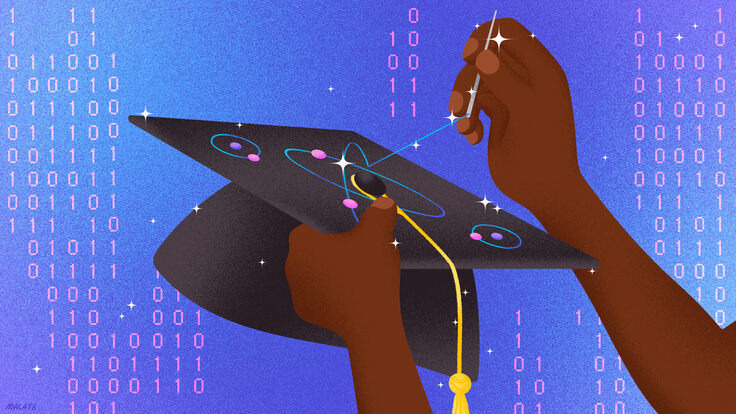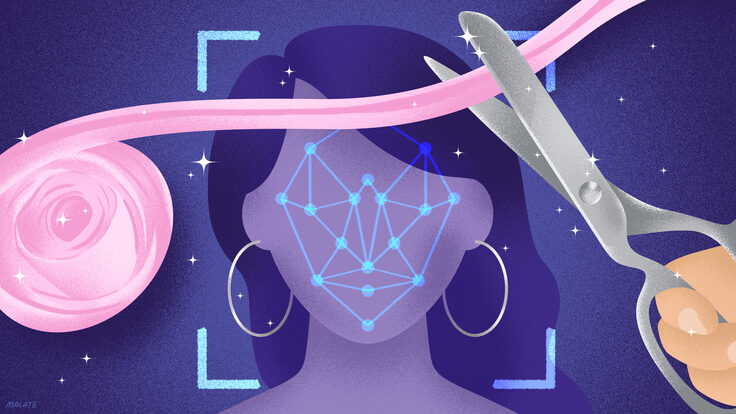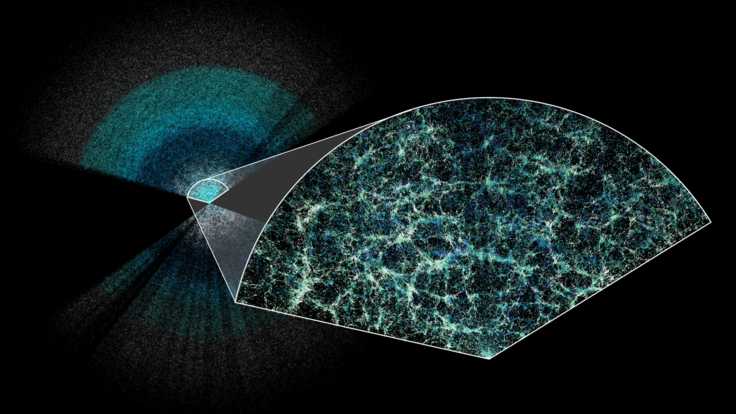The UC-Santa Cruz Science Communication Program puts out an annual magazine, Science Notes, showcasing the work of its students. (Full disclosure: I teach in the program, and boy are they a talented bunch! Check out what some of the graduates are doing here.) In the current issue, Amber Dance describes how scientists at Stanford Linear Accelerator are using a beam of bright light to look for metal deposits in the human brain:
[Uwe] Bergmann’s light is a hair-thin beam of sizzling X-rays, shed by a 75-meter-across circular tube called a synchrotron. In recent years, he’s become SLAC’s resident guru for anyone who wants to put something unusual in the beam line—from ancient manuscripts to body parts to fossils. For his next trick, Bergmann is focusing his rays on preserved brain tissue, sliced like a loaf of bread.
The brain research is a collaboration with Helen Nichol, a cell biologist at the University of Saskatchewan in Canada. Together, they have put together detailed maps of the metals in a healthy and diseased brain. Bergmann’s beam shed light on Nichol's field of study: how metals contribute to diseases like Alzheimer’s and Parkinson’s.
For Nichol, the research has a personal element. Before graduate school, she cared for her father, who had Parkinson’s-like symptoms, and two aunts with Alzheimer’s disease. Her inheritance from those relatives allowed her to pursue her doctorate in her 40s. Now a professor, she studies how metals, like iron and copper, can build up in a patient’s snarled brain tissue like a clog in a drain. It’s important to Nichol that she makes a contribution to medical research. But, she says, science also is “a license to play.”
With Bergmann, she gets to play with some fancy toys. Their secret is speed—Bergmann’s X-rays can scan a brain slice one thousand times faster than other scanning technology. Armed with maps of different diseases, scientists will now know where to look for the problems that metals can cause. “I don’t know how the heck you would find that by any other means,” Nichol says.
It's not the first time Bergmann and his colleagues have been in the news. Two years ago they made headlines around the world with an analysis of an ancient parchment. Beneath the writings of a medieval monk, they found copies of seven treatises and other works by Archimedes, the renowned thinker who lived from 287-212 BC. Two of those works were the only surviving copies. Dance describes this research and an upcoming analysis of the famous bird/reptile fossil Archaeopteryx; you can read more about the Archimedes Palimpsest here.
More full disclosure: Dance was an intern in the SLAC communications office last year, and wrote this feature about outsider science for the March/April 2008 issue of symmetry.







